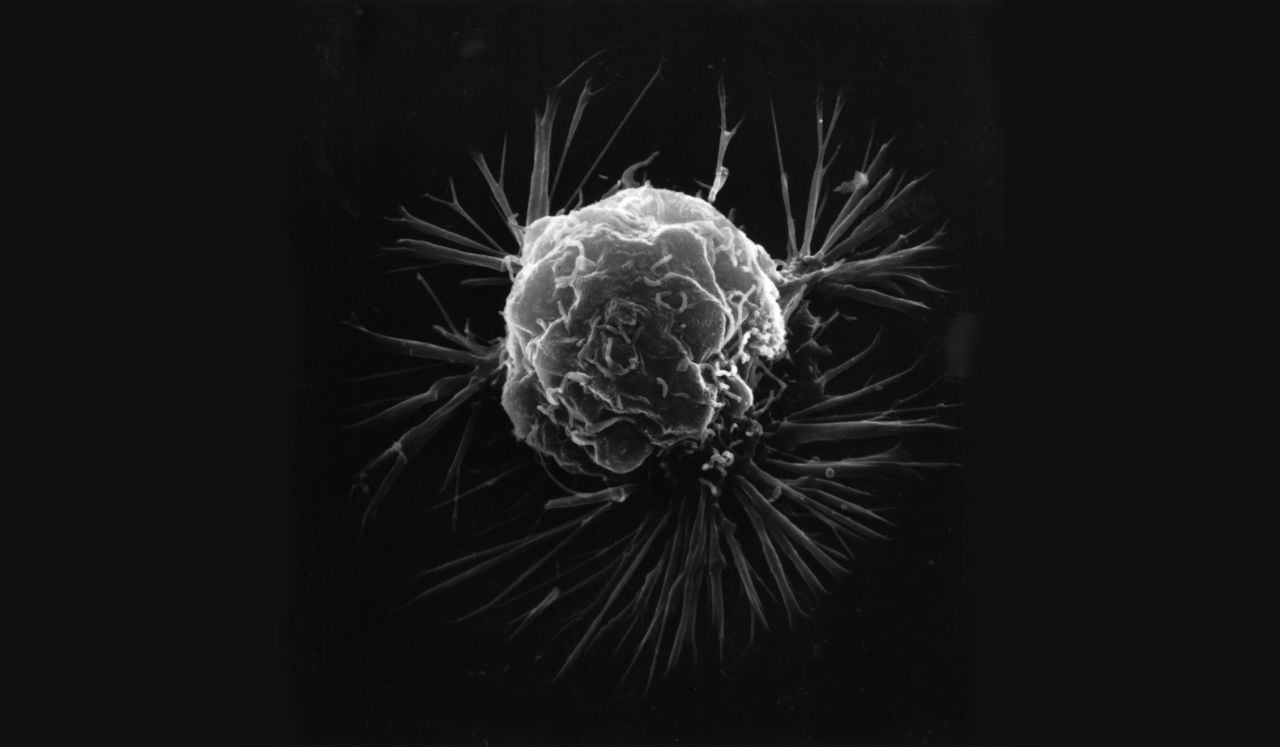Every year, one in eight women worldwide is diagnosed with breast cancer, which is the second-leading cause of cancer death in women. Early detection, while increasingly common, is not sufficient to prevent metastasis, the lethal movement of cancerous cells from a primary tumor site to colonies in vital organs.
But researchers across the world are frantically working on progress in treating and curing the disease. One Israeli study has found that combining genetic therapy with chemotherapy delivered to the tumor is particularly effective in preventing the spread of breast cancer.
SEE ALSO: Researchers Find Promising Therapy For ‘Treatment-Resistant’ Breast Cancer
“Death rates from breast cancer remain high and relatively unchanged despite advances in medicine and technology,” Tel Aviv University’s Dr. Noam Shomron, who led the study, said in a statement. “We wanted to find a way to stop metastasis from happening altogether. It’s the turning point, where survival rates drop exponentially.”

Researchers Find Method For Treating ‘Treatment-Resistant’ Breast Cancer via National Cancer Institute/Wikimedia
Stopping cancer in its tracks
In their study, TAU researchers delivered microRNAs (small RNA molecules) to primary tumors in mice to halt the spread of cancer. Their mission was to block a cancer cell’s ability to change shape and move. Cancer cells alter their structure in order to squeeze past other cells, enter blood vessels and ride along to their next stop: the lungs, the brain or other vital organs. “We chose microRNAs as our naturally occurring therapy, because they are master regulators of gene expression,” he said.
SEE ALSO: Research Succeeds In Isolating Cancer ‘Stem Cells’
Sign up for our free weekly newsletter
SubscribeThe researchers explored the span of mutations in a tumor in order to identify precisely which ones to target. The scientists then procured an RNA-based drug to control cell movement and created a safe nano-vehicle with which to deliver the microRNA to the tumor site.
Looking at mutations that “other researchers have ignored” – those at the tail end of a gene (as opposed to those situated within the coding region of the gene) – the team noticed that mutations there were involved in metastasis.
Two weeks after initiating cancer in the breasts of their mouse “patients,” the researchers injected into primary tumor sites a hydrogel that contained naturally occurring RNAs to target the movement of cancer cells from primary to secondary sites. Two days after this treatment, the primary breast tumors were excised.
The mice were evaluated three weeks later using CT imaging, fluorescent labeling, biopsies and pathology. The researchers discovered that the mice that had been treated with two different microRNAs had very few or no metastatic sites, whereas the control group — injected with randomly scrambled RNAs — exhibited a fatal proliferation of metastatic sites.
Says Shomron: “We realized we had stopped breast cancer metastasis in a mouse model, and that these results might be applicable to humans.”
The research was led by Dr. Noam Shomron of TAU‘s Sackler School of Medicine, in collaboration with Dr. Natalie Artzi of the Massachusetts Institute of Technology. Data on human genetics were provided by Prof. Eitan Friedman of TAU’s Sackler Faculty of Medicine and Israel’s Sheba Medical Center. The study was recently published in the scientific journal Nature Communications.
Related posts

Israeli Medical Technologies That Could Change The World

Harnessing Our Own Bodies For Side Effect-Free Weight Loss

Missing Protein Could Unlock Treatment For Aggressive Lung Cancer





Facebook comments